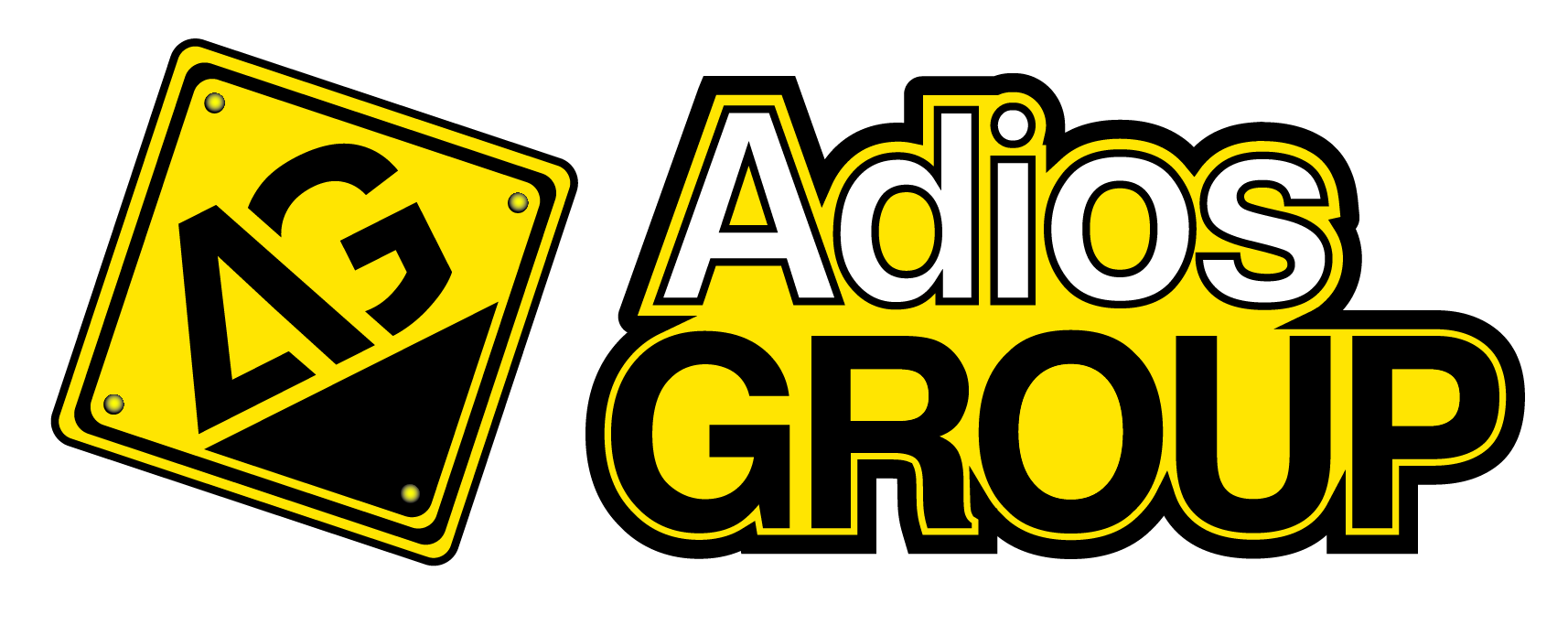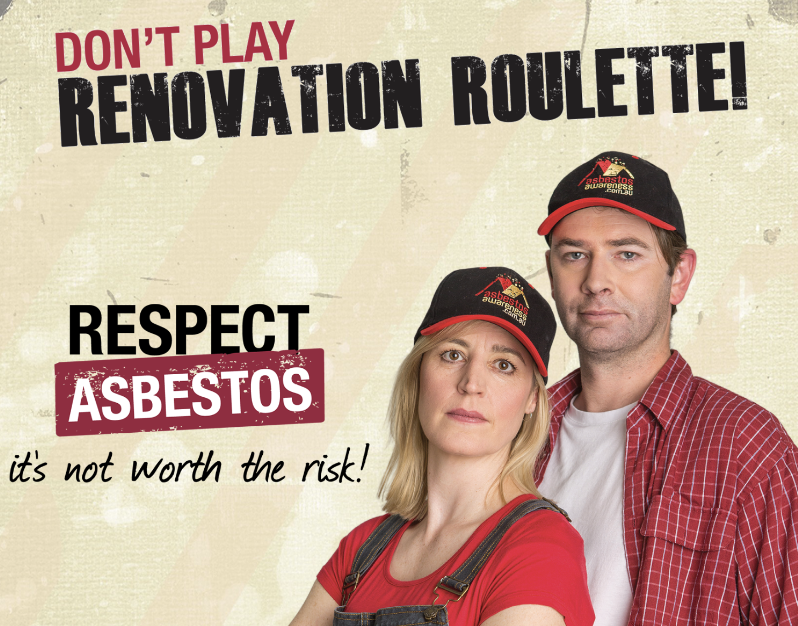Can I Remove Asbestos Myself? Why Professional Removal Is the Only Safe (and Legal) Choice
If you have a home or building constructed before the mid-1990s, there’s a good chance it could have been made with asbestos-containing materials (ACMs). As the owner, you might be wondering whether you can handle asbestos removal on your own to save you from calling out the professionals. It’s important to note that even a slight disturbance of asbestos fibres can be a deadly mistake, not to mention illegal in some instances.
Here’s why professional removal is your safest bet when it comes to ridding your space of asbestos.
Legal limits on DIY asbestos removal
Under Safe Work Australia’s Code of Practice on how to safely remove asbestos, a non-licensed person can remove up to 10 m² of non-friable (bonded) asbestos. But just because you can remove a small amount of non-friable asbestos doesn’t mean it doesn’t pose a serious risk to your health.
When it comes to removing more than 10 m² of bonded asbestos or handling friable asbestos, professional certification is mandatory. There are two types of asbestos removal licenses: Class A and Class B licenses.
A Class A license permits the removal of all types of asbestos, including both friable (crumbly or powdery) and bonded asbestos. Due to the higher risk of airborne particles posed by friable asbestos, it’s considered to be the most dangerous type of asbestos. Class A license holders must use extensive safety controls (e.g. negative air pressure units, full PPE, etc.) and be trained and certified, while maintaining strict compliance with WHS regulations.
A Class B license only allows for the removal of bonded asbestos. License holders must follow safety protocols and be trained, but the regulatory requirements are less stringent than for Class A.
Health risks of disturbing asbestos
Exposure to any type of asbestos is potentially hazardous to your health. Asbestos fibres are roughly 50 to 200 times finer than a human hair, meaning they’re impossible to spot with the naked eye and they’re easily inhaled.
Prolonged exposure to asbestos fibres can lead to serious and irreversible damage to your lungs, causing diseases like mesothelioma, asbestosis and lung cancer decades later.
To learn more about the dangers of asbestos, read our blog on what is asbestos and why is it dangerous?
What to do if you find asbestos
For many years, asbestos was used to make a number of common building materials, including fibro sheeting, insulation, floor tiles and vinyl, adhesives, guttering and drainage pipes, to name a few. If you suspect there are ACMs in your home, office or building, don’t be tempted to touch, sweep or vacuum suspicious material. Instead, give the team at Adios Asbestos a call to arrange professional sampling and testing.
Completing asbestos testing at an accredited laboratory is the only way to accurately determine the presence of asbestos and what type of asbestos you’re dealing with. Once the testing is complete, you’ll be provided with a comprehensive report detailing the findings. From here, the Adios Asbestos team will work with you to create a tailored management plan complete with timelines and costings so you know exactly where you stand.
Why licensed removalists are essential
Licensed asbestos removal professionals are trained in line with stringent asbestos regulations, safety standards and industry best practice. They follow strict PPE protocols, use specialised containment and air-monitoring equipment and issue official clearance certificates once the premise is deemed asbestos-free.
At Adios Asbestos, our team of asbestos removal specialists follow our tried and tested safe removal process:
- Initial consultation and site assessment: Our process begins with a comprehensive consultation and site assessment. We thoroughly evaluate your property to identify all areas affected by ACMs. Our experts will walk you through the risks and outline a clear plan for safe removal, ensuring that we address all concerns and provide you with a detailed understanding of the process.
- Safe containment and removal: Once the affected areas are identified, we create a controlled environment to prevent the spread of asbestos fibres. Our team uses certified methods and advanced equipment to carefully remove all ACMs, minimising disruption and ensuring the safety of everyone involved. Every step of the removal process is designed to protect your health and the integrity of your property.
- Thorough clean up and certification: After removal, we conduct a detailed cleaning and decontamination of the area, ensuring no asbestos fibres remain. Once the site has been thoroughly cleaned and cleared, we provide a final certification confirming that your property is now asbestos-free. This certification offers peace of mind that all work has been carried out in compliance with safety standards and regulations.
When it comes to the cost of asbestos removal, the final price depends on several factors, including the size and accessibility of your property, the material type and quantity, and key safety and compliance requirements. It’s worth noting that asbestos removal services typically include more than just the removal itself. Not only will we take care of the asbestos control plan and notify the authorities prior to removal, but we’ll also safely remove, transport and dispose of the ACMs in line with the relevant asbestos regulations.
Across Australia, the legal limits for DIY asbestos removal are small, and for good reason. Handling and removing asbestos is a serious health risk, so it’s no shock that asbestos removal specialists are the only safe option.
Contact Adios Asbestos now for a free inspection and quote.

